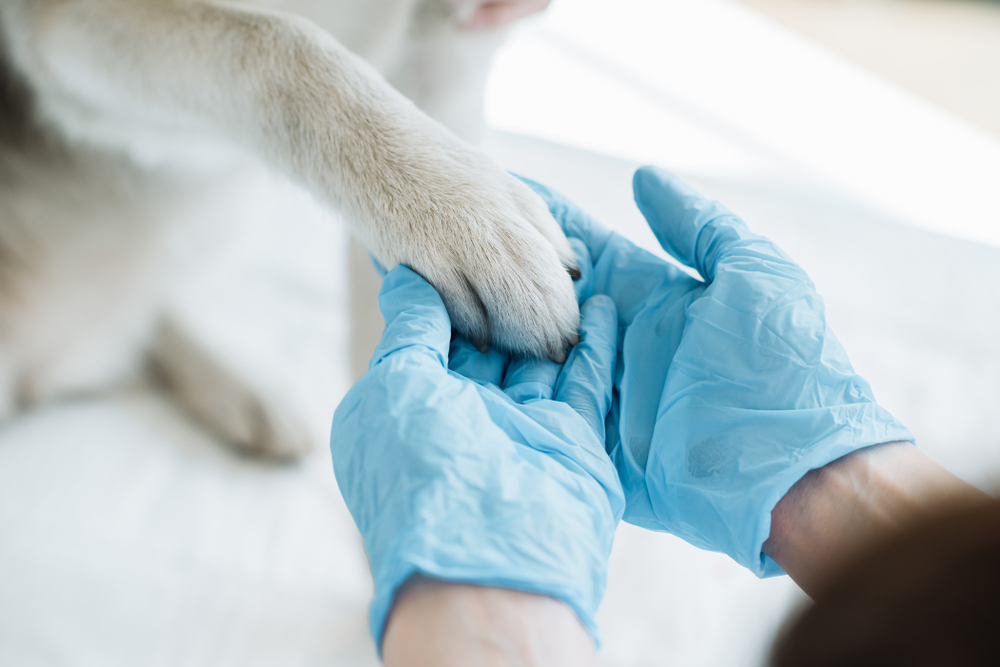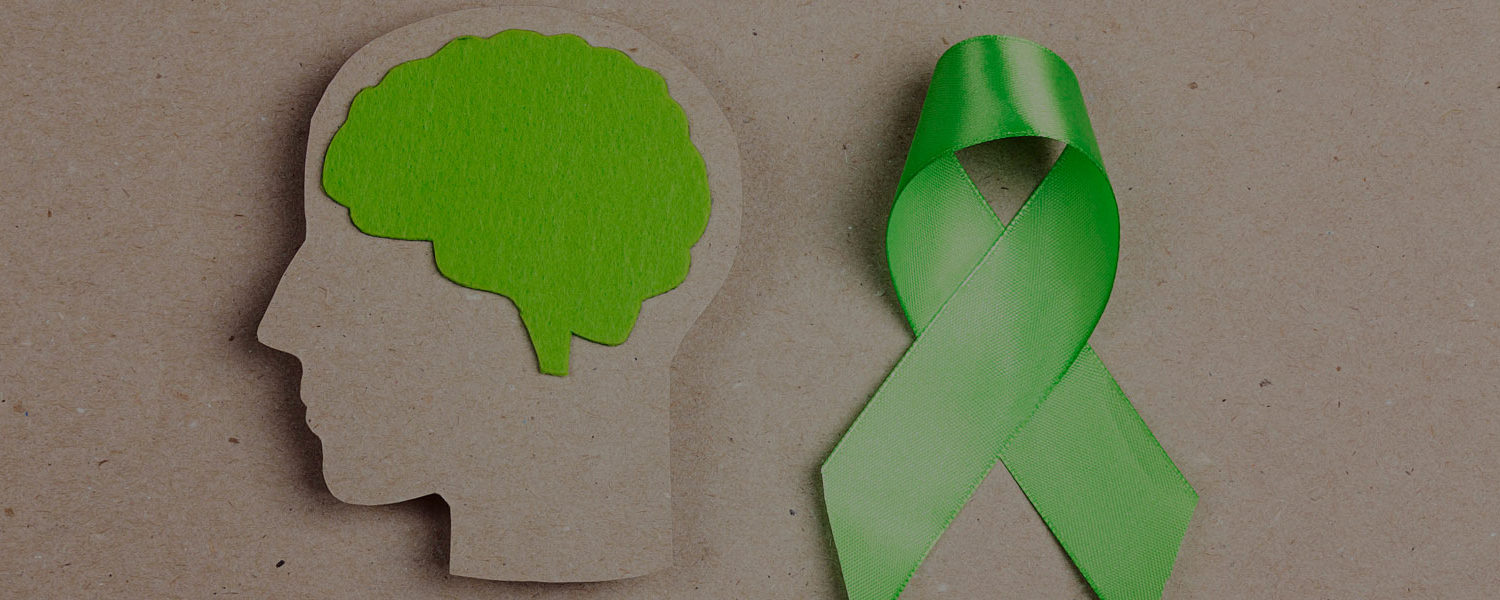Please note that this month’s topic is a delicate one and a difficult one to write about, but nonetheless important. I felt it was necessary to bring the information to light in the small venue that is this Blog.
-Peter Romano
Mental Health and Suicide Awareness in the Veterinary Profession
When the average person thinks about the job of a veterinarian, they probably focus on the more positive aspects, like helping to keep pets healthy, petting animals, and saving fuzzy lives. But being a veterinarian is a difficult and, at times, anxiety-provoking job. Veterinarians have to make tough decisions every day. They share the saddest moments with pet owners, and – true animal lovers at heart – they bear the emotional weight of it all.
Due to these and other factors, suicide rates among veterinarians are disproportionately high. Compared to the general population, female veterinarians were 3.5 times and male veterinarians were 2.1 times more likely to die as a result of suicide, according to a study from the CDC that included more than thirty years of data.

Why Is the Suicide Rate So High in the Veterinary Profession?
Although every individual’s story is unique, veterinarians tend to face common factors that can increase the stress, anxiety, burnout, and depression that lead to suicidal thoughts.

The job itself has its own stressful responsibilities. It entails long work hours and heavy workloads. As veterinarians often oscillate between happy and sad appointments throughout the workday, the nature of the profession puts high demands on emotional energy.
In addition, financial burdens are a common denominator among veterinarians. The American Veterinary Medical Association (AVMA) found that on average, in 2019 veterinarians graduated with $150,000 in student loan debt, and more than 10% of graduates faced over $300,000 in debt. Coupling this with comparatively low entry-level wages, entering the profession can be burdensome for many veterinarians.
With constantly improving treatments and advancing medicine, there are often viable treatments available for pets that some owners simply cannot afford. Although most veterinarians view entering the profession as an enthusiastic expression of their love and compassion for animals, they must acknowledge the financial limitations of pet owners when practicing medicine. It is difficult to wrestle with the emotional fallout of offering high-quality care options and then being unable to provide that care. Besides the personal struggle this entails, these situations have also catalyzed a surprising amount of aggressive cyberbullying directed toward veterinarians.
Suicide Prevention, Crisis Help, and Training for Veterinarians
The high rate of suicide among veterinarians has not gone unnoticed. Groups such as Not One More Vet, Vets4Vets and many others have developed as a response. These groups have been created to help support veterinarians and other members of the veterinary community who are struggling with the challenges of the profession. They offer resources in addition to a private place where veterinarians and staff can access support, lean on one another, and share their experiences. The AVMA has also taken steps to improve mental and emotional health outcomes for veterinarians. They provide free crisis management resources, suicide prevention training, and a cyberbullying hotline to members.
Acknowledging the mental health aspects of any profession is a vital part of leading a balanced life. A veterinarian or not, if you or someone you know is struggling, don’t be afraid to reach out, ask a professional healthcare provider for help, or call the national suicide prevention hotline.











